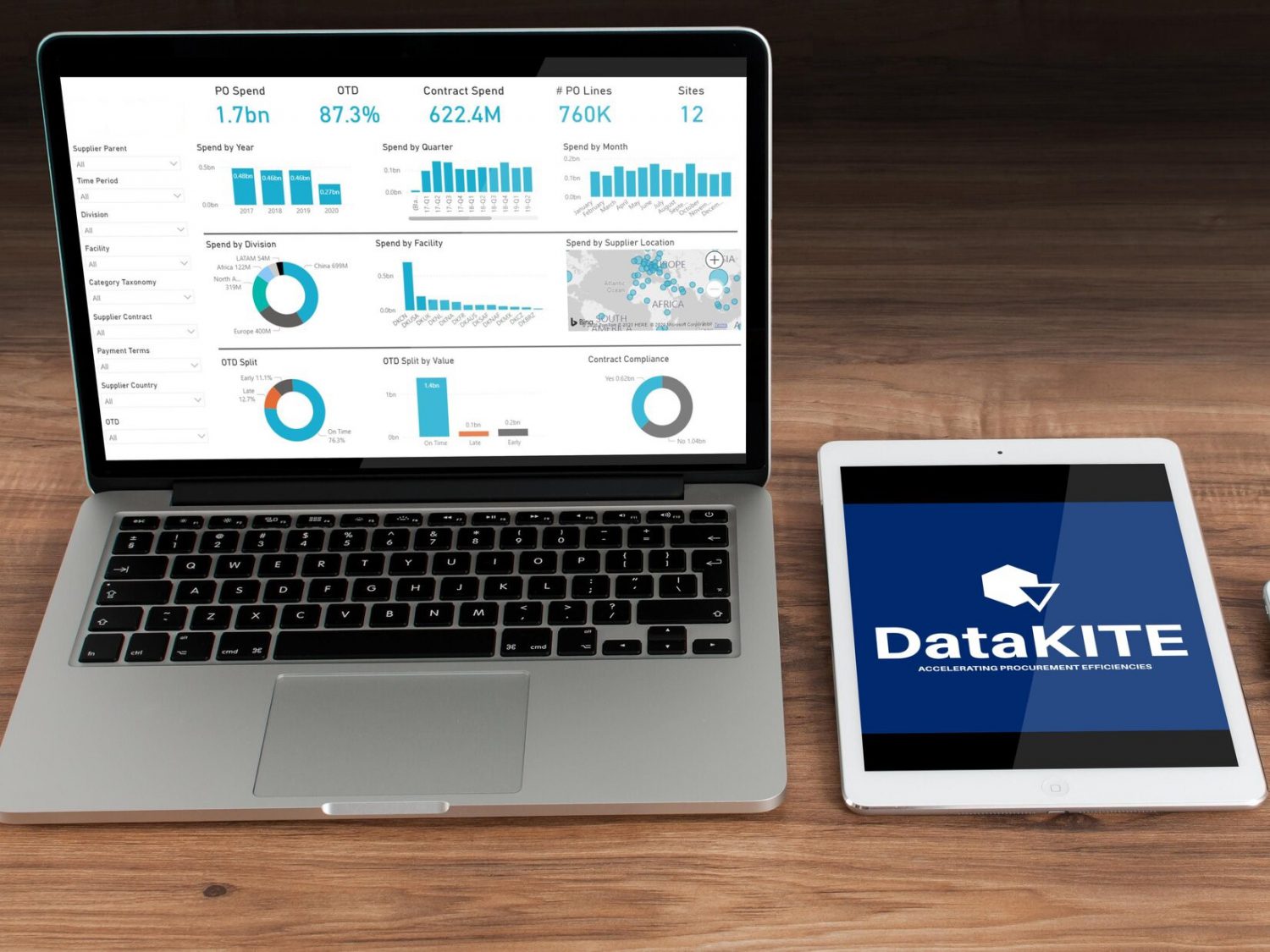Spend analysis involves identifying, gathering, cleansing, categorising, grouping, and analysing the spend data of your organisation. As a result, procurement costs are reduced and efficiencies are improved by increasing visibility and transparency. Real-time data and analytics provide the insight you need to save money and improve efficiency.
An analysis of spend is only part of the much larger field of spend management. With it, you can visualize all your data to make better sourcing and supplier decisions. Also, it can reduce cycle times and identify maverick spending as well as improve contract compliance.
Spend analysis has three main parts
- Visibility– Understanding spending from different perspectives through clean spend data, KPIs, and other metrics.
- Spend Analysis– Analysing corporate spending and procurement, finding answers in the metrics, and developing cost-reducing and performance-enhancing initiatives.
- Improvement– Implementing changes to improve future performance and meet corporate goals based on the results of the analysis.

Visibility
In order to accurately measure sourcing variables that occurred over a period of time, Spend Analysis requires accurate data from all purchasing-related sources. Key Performance Indicators (KPIs) provide a direct view of the past and current state of a process. Whether it’s a simple spreadsheet to show the last quarter’s spending, or Spend Analysis software with several years’ worth of data, KPIs and metrics enable procurement data to be understood.
Spend Analysis
The most important aspect of procurement spend analysis is the analysis of spend data. You can use data analysis software to determine your company’s purchasing patterns, identify potential savings opportunities, and meet compliance requirements.
As a result of the analysis, you can be strategic and communicate intelligently with your suppliers. As a result, contracts can be renegotiated with volume discounts and improved payment terms. In addition to identifying process improvements, spending analysis can identify situations in which preferred suppliers should be used, the number of suppliers per category should be reduced, and so on.
After data is collected, cleansed, and classified, spend analysis takes place. KPIs and spend analytics metrics can be calculated from clean, accurate, granular data. A collection of charts and graphs can help explain these numbers by highlighting underlying trends and anomalies. As a result, these charts can usually be filtered and viewed at different levels depending on the granularity of the data.
Improvement
Spend categorisation
By segmenting the products and services a company purchases into similar groups, we can get a true picture of the purchasing function of the organization.
Methodically categorizing the data and removing erroneous or misleading information allows for the identification of potential supply chain risks and improvement areas.
Identifying purchase risk areas
In the normal course of business, areas of purchasing risk develop and become embedded in day-to-day operations. These risks may appear invisible until a risk event results in significant supply chain effects.
There are several potential risk areas, such as placing business-critical items with suppliers who consistently fail to deliver on time or meet quality standards, financial instability of suppliers, and inefficient internal processes.
A risk event can be mitigated or managed with the help of spend analysis principles, reducing the potential for business damage.
Purchasing Function External Audit
An effective purchasing team will conduct elements of a spend analysis, as a matter of course, to assist in developing and implementing strategies. As with any function, the team can become blind to details that seem insignificant to them. With fresh eyes, an external expert may see different risks and opportunities than the internal team.
An external team should not be viewed negatively as a reflection of the success of the internal team. Instead, it should be viewed as a tool to support the ongoing purchasing function and strategy development.
Spend Analysis when used in conjunction with other business development processes can offer significant development potential. This allows the business to increase their overall competitiveness while maintaining a relatively low level of supply chain risk.
The costs of engaging an external entity to conduct the analysis may vary dramatically depending on the business chosen and the complexity of the supply chain, however this cost needs to be weighed against the potential benefit to the business and the realised return on investment (ROI).
Identify Areas of Potential Improvement
The main aim of any Spend Analysis is to identify areas in which the purchasing function can make tangible improvements and possibly leverage significant cost savings. This is accomplished by interrogating the data provided to highlight any areas of possible supplier rationalisation or spend grouping allowing for increased buying power and economies of scale.
Opportunities can arise through this process outside of the normal cost saving arena simply by embracing updated supply routes, updated technologies or process change.
Identify processes that are wasteful
DataKITE Spend analysis examines how the purchasing function operates from requirement to invoice payment. By doing this, you can identify any areas or processes that are not adding tangible value to your business. Based on this information, the function can then be restructured to operate more efficiently, increasing output and reducing costs.
Identify and promote best practices
Through a Spend Analysis, the company is implementing best practices. As highlighted in the first five benefits, an effective analysis will provide a variety of development opportunities. Organizations that lead by example and implement sustainable, effective processes and procedures increase their status in their market sector. Cost efficiencies can be driven by collaborating with suppliers in a mutually beneficial way.

